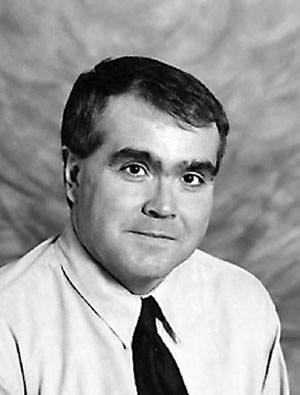The on-going tragedy in Japan has brought to the forefront the 65-year-old argument over the use of nuclear weapons and nuclear energy.
Many have argued that nuclear weapons serve as enormous deterrent to World War Three. Others have claimed that nuclear-generated power is essential to the energy dependent modern economies.
However, a great many others are adamant the weapons and technology are too dangerous to humankind. There is a very real danger of fringe state or a determined terrorist group using nuclear weapons to wreak unbelievable destruction.
High profile nuclear plant accidents such as Three Mile Island, Chernobyl and now at the Fukushima plant in Japan have created widespread public fears that the benefits of nuclear power are far outweighed by the long-term dangers to human life and health.
When the first atomic bombs were used at Hiroshima and Nagasaki in August 1945, it was clear that new and terrifying weapons of war now existed, even if many did not yet understand how incredibly destructive those bombs could be.
In the Cold War period, there was a race amongst global powers to produce massive numbers of ever-more powerful nuclear weapons. It is estimated that more than $10 trillion was spent on weapons development and testing.
Much of the early testing was done above ground, mainly on Pacific Ocean atolls or in the Nevada desert. Although much of the information about these tests was kept secret, after the development of hydrogen bombs in the 1950s, people began to question the safety of the atmospheric tests.
One of the manifestations of widespread public concern happened at Easter 1954, when large numbers of people began reporting pits in their windshields. Authorities replied that most windshields have pits and that all that had happened was that people were now paying attention to them. Nevertheless, many thought it might be the result of fall-out from the widespread nuclear bomb tests.
In the late 1950s and early 1960s, fears of nuclear war escalated. A large bunker, nicknamed The Hole, was constructed at the Penhold Airbase. This complex was to become the emergency provincial government centre in case of a nuclear war.
Sets of early warning sirens were installed around Red Deer. There were occasional tests of the system and drills where school children practiced what they were supposed to do in case of an enemy attack. A few people built private bomb shelters at their homes.
Gradually, nuclear testing was moved underground. However, underground nuclear tests, particularly at the seismically unstable Amchitka Island in Alaska, created new fears and controversy. In November 1971, several hundred high school students gathered in City Hall Park to protest one of the underground Amchitka tests.
In 1988, a group of Lindsay Thurber High School students were inspired by a speech by Australian pacifist Helen Caldicott, to promote the end of the proliferation of nuclear weapons. As a result, a vote was held by students and staff on June 16, 1988 to have the Lindsay Thurber High School declared a nuclear-free zone.
Dorothy Corney and several others decided that the City as a whole should make a similar declaration. A 181 page petition containing 4,260 signatures was submitted to City Council. In the subsequent plebiscite, 76% of voters supported a formal declaration of Red Deer as a nuclear weapons free zone.
City Council passed the authorizing bylaw and the words ‘Nuclear Weapons Free Zone’ were added to the City’s entrance signs. While this declaration has now been removed from the entrance signs, there remains a sign in City Hall Park that declares “Red Deer’s status as a peaceful, cooperative, caring community that has formally endorsed the desire for a nuclear weapons free world.”



